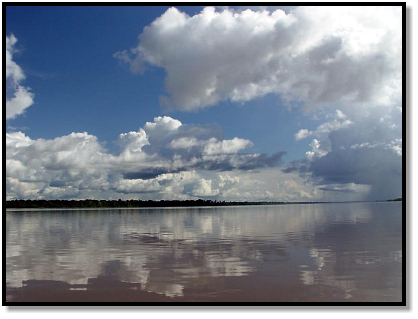AMAZON
May 2005

1 of 11



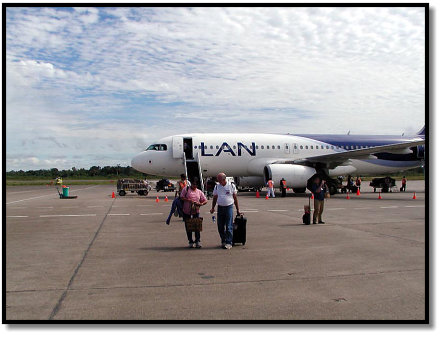
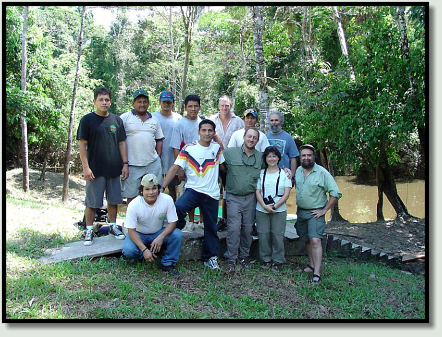
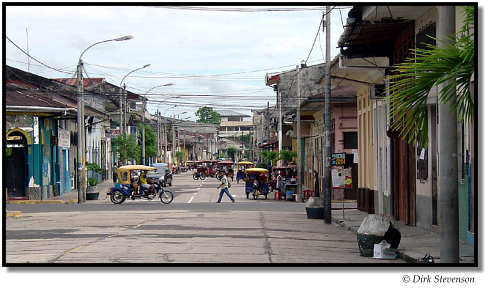
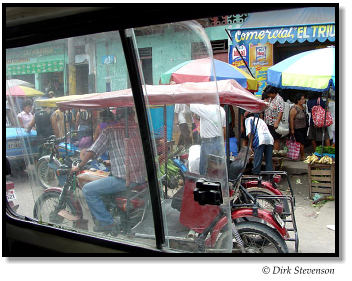
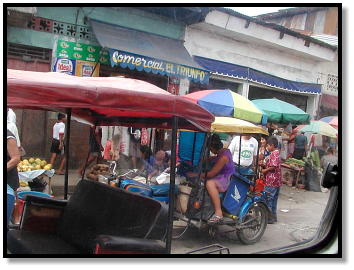


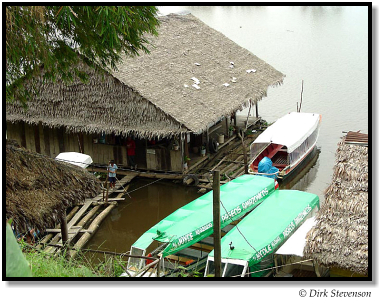
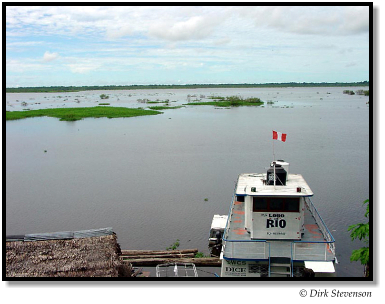
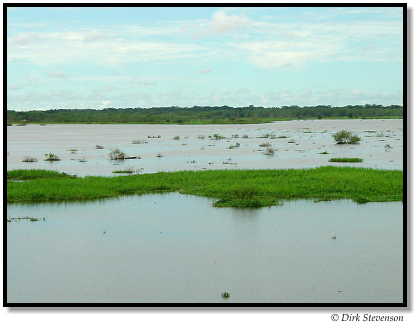
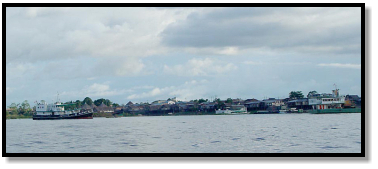
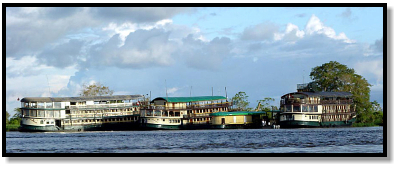
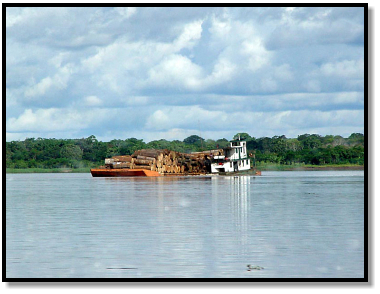
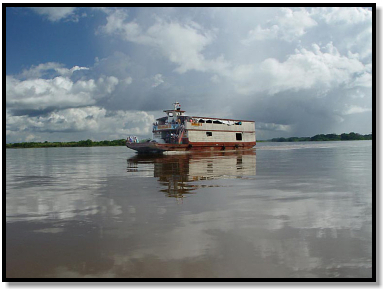
Ironically, the initial thing I noticed about the Amazon wasn’t the water ― it was the sky. Stretched beyond
limits, as if the heavens of the southern hemisphere weren’t big enough to cover the vast riverscape below.
Early that morning we had flown over the Andes and from the plane caught our first glimpse of Amazonia. It
was remarkable to think this was just the leading edge of a wilderness extending 3,000 miles, the width of a continent.
My brother Ron and I, together with friends Dirk and Beth, had come to fulfill every herper’s dream: breakfast
at the airport McDonald’s, in situ Peru. We were also hoping to see some snakes.
After nearly 24 hours of travel, we finally arrive in Iquitos, the Peruvian capital of the Amazon (pop. 500,000 and
one of the most isolated big cities in the world ― there are no connecting roads, only access by boat or plane).
Fully sleep deprived and totally excited, we stumble across the airfield into the waiting van of a friendly transfer
agent from the eco-tour company that arranged virtually every detail of our trip.
A word about Margarita Tours:
Exceptional.
We
weren’t
available
for
one
of
their
regular
herp
expeditions,
so
Margarita
did
a
fantastic
job
of
customizing
a
private
tour.
Extremely
responsive,
reliable,
and
professional,
they
more
than
once
exceeded
our
expectations.
Many
thanks
to
their
director,
Dr.
Devon
Graham,
and
the
incredible
crew
that
took
such
good
care of us:
For names, click photo
Thanks
also
to
Dick
Bartlett,
Margarita’s
regular
herp
expedition
leader,
and
to
the
late
Young
Cage,
previous
tour participant, for their valuable information and encouragement.
Out of the airport and into the city. Relatively few cars and trucks ― with no outside roads, there’s little need
for automobiles ― but the streets and open-air markets are crowded with bicycles and noisy motocarros, colorful
motorbikes converted into canopied tricycle taxis.
Across the center of town and down to the docks. The waterfront overlooks a long lake (formerly a section of
Amazon until the river changed course) streaked with islands of floating vegetation. The van is unloaded and we pile
into the speedboat that will take us 100 miles downstream to our final destination.
The port of Iquitos glides by, decorated with stranded colectivos, the triple-decker river buses of the Amazon.
Then it’s into the main channel. The sky expands, the river banks recede, and at last we enter Rio Amazonas.
It doesn’t take long to realize the river is a highway, with eighteen-wheelers (minus the wheels) hauling logs to
Iquitos and delivering cargo to distant villages dependent on provisions from the big city.
Families use the river, too, as their residential street. Scattered all along the Amazon are isolated homesteads,
little more than clearings on the river bank, whose residents live off fishing and subsistence farming, and perhaps the
occasional surplus they sell in Iquitos or trade for supplies. These are mostly Spanish-speaking settlers, not
indigenous peoples.
At the beginning of the twentieth century the Amazon basin produced much of the world’s rubber, fueling
economic growth that enticed Peruvians from the other side of the Andes to come work in Iquitos. When the boom
went bust around 1910, many left the city, some taking their chances on the river, where their descendants and
successors still manage to sustain themselves. Seeing these remote settlements dotted throughout the wilderness was,
for me, the biggest surprise of the trip.
But it was the sky that captivated me.
Everywhere above the rainforest, clouds grew into mountain ranges, the heat and humidity made visible and
majestic. The river saturated the trees, transpired through leaves, and rose up to the sky. Forming cumulus so heavy
with water vapor there was no chance of escape, no drifting on the wind, just returning as rain to the Amazon to begin
again. Here, even the clouds belong to the river.

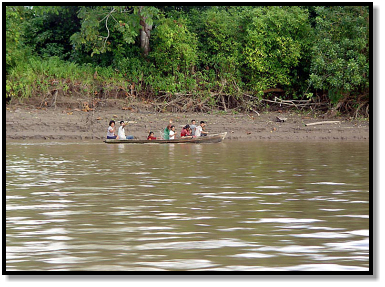



AMAZON
May 2005


1 of 11
